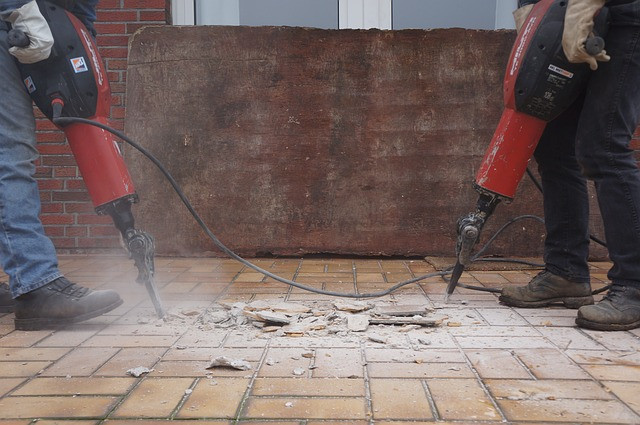How to Choose the Right Anti-Vibration Gloves
When most people think of work-related hazards, vibration probably isn't at the top of their list. Exposure to severe or prolonged vibrations, however, can cause injury. Workers may sustain vibration white finger, for instance. Vibration white finger is a condition that involves damage to the blood vessels in the fingers. It's caused by repeated exposure to vibrations.
There's personal protective equipment (PPE) available to protect against vibration white finger and other vibration injuries. If your job exposes you to vibrations, you should invest in a pair of anti-vibration gloves. While they look like ordinary gloves, anti-vibration gloves are designed to dampen vibrations. Here's how to choose the right anti-vibration gloves.
Consider the Impact Level
You should consider the impact level when shopping for anti-vibration gloves. The American National Standards Institute (ANSI) has defined several impact levels, ranging from level one to level three. Level one allows for the least amount of force, whereas level three allows for the greatest amount of force.
Durable, Comfortable Construction
Make sure the anti-vibration gloves feature a durable and comfortable construction. Anti-vibration gloves are also useful if you wear them. And if they aren't comfortable, you probably won't wear them. Fortunately, there are plenty of durable yet equally comfortable anti-vibration gloves available. They will protect your hands from vibrations while offering a comfortable and ergonomic fit in the process.
Some of the most common materials from which anti-vibration gloves are made include the following:
- Cowhide leather
- Sheepskin leather
- Goatskin leather
- Faux leather
- Polyester
- Nylon
Look for Certifications and Standards
Something else to consider when choosing anti-vibration gloves is whether they are designed according to any certifications or standards. Many anti-vibration gloves are manufactured using strict certifications and standards, such as the European Union Directive EN ISO 10819.
With a relevant certification or standard, you can rest assured knowing that the anti-vibration gloves will protect your fingers from vibrations.
Check the Size
Don't forget to check the size when shopping for anti-vibration gloves. Most anti-vibration gloves aren't one size fits all. Rather, they are available in different sizes.
Choosing anti-vibration gloves in the wrong size is a serious mistake. If they are too small, you may not be able to fit your hands into them. If they are too big, they may offer little or no protection against vibrations. You can avoid problems such as these by choosing anti-vibration gloves in the right size for your hands.
Recent Posts
-
Fire Safety in the Workplace: What You Need to Know
What steps are you taking to prevent fires in your workplace? According to the U.S. Occupational Saf …Aug 23rd 2023 -
Is It Safe to Go Jogging With a Cold Infection?
If you're suffering from a cold infection, you might be wondering whether it's safe to go jogging. T …Aug 22nd 2023 -
5 Safety Tips to Follow When Using a Powder-Actuated Tool
Powder-actuated tools are commonly used to join materials to steel and concrete. Also known as Hilti …Aug 20th 2023




